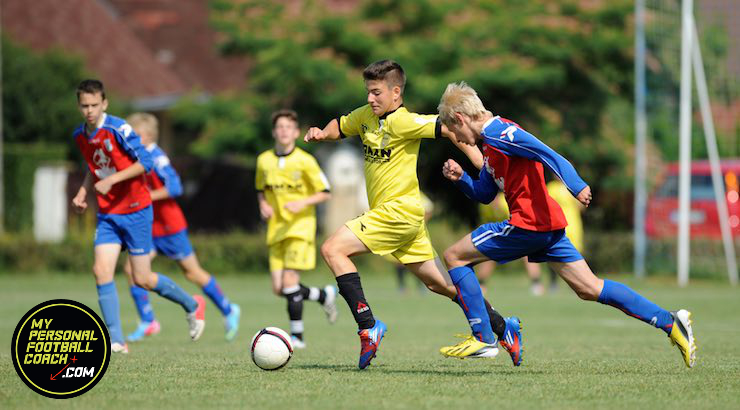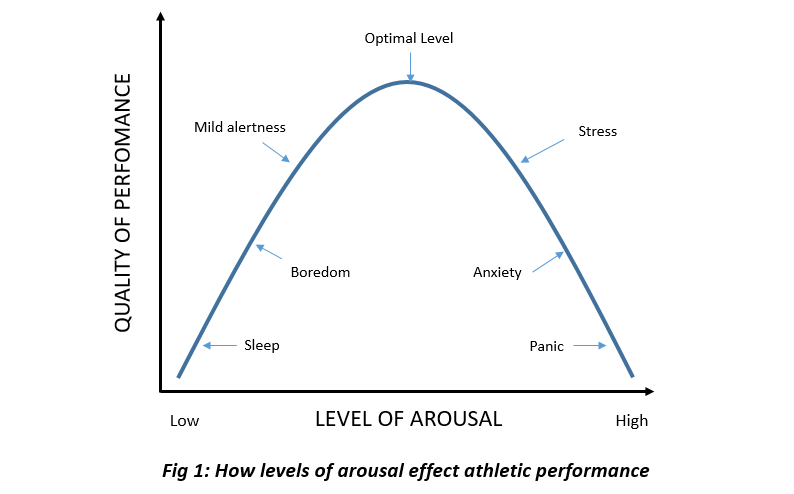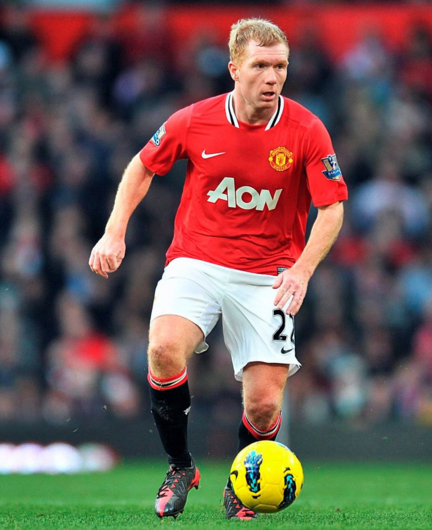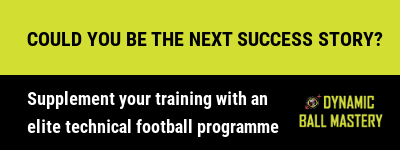
This improvement usually peaks at an intermediate level of arousal and if arousal continues to increase beyond that level, performance begins to deteriorate. In reality, performers differ individually in terms of their arousal and how they find different situations threatening. Schmidt and Wrisberg (2000) refer to this behavior as trait anxiety. Low-trait-anxious people rarely find situations threatening with high-trait-anxious people being on the opposite side of the scale.

It may be the case that these soccer games are classed as friendlies but the reality is that they are always competitive. Children are naturally competitive but it is in the hands of the coaches in what environment is actually created for the players to play soccer. Will the coaches let the players experiment, try things and be inventive, even if it means giving possession or the ball away? Or will they be driven by their ego and the need to win the game? Thankfully, it is now the exception for me to see teams playing direct long ball football and is a game associated with more progressive development methods especially at Academy level. This low pressure environment is generally a show case for exciting attacking football where players can develop and improve without anxiety and fear.
I was recently speaking to the u9 soccer coach of Anderlecht and I was amazed as he described his fixture programme for the season which included up to 20 competitive tournaments. This soccer competition schedule shows in the football players as they are more accustomed to high arousal levels, ability to see out games, used to winning and more importantly exposed to losing when it really matters! If we starve our young players of competitive football we rob them of the opportunity of playing for something and understanding what it’s really like to play under pressure. This may seem like a contradiction on my earlier argument about letting the players play with freedom and without fear of failure but on the contrary this competitive cauldron is also an essential part of the player development jigsaw.
Manchester United’s Paul Scholes, described by Real Madrid & Juventus legend Zinedine Zidane as a complete midfielder and greatest midfielder of his generation was famously quoted as saying:

“Some people say that winning is not that important in youth development. I disagree. You learn about being a footballer by playing matches and you learn about winning by winning those games. Playing at United, in the Under-16s and Under-18s, we were expected to win every week. My contemporaries, people like Nicky Butt and Ryan Giggs, were born and bred winners, and that was the way United liked it. Winning games prepared us for the first team, where we were expected to win every time we stepped on the pitch. It is a nice idea to say to kids “it doesn’t matter about the result”, but when you become a professional you quickly realise that is all that matters. The sooner you get the winning mentality, the better.”
– Paul Scholes, Manchester United Legend
A talk by a member of the England coaching set up on the recent Advance Youth Award is particularly poignant here as he discussed the fact that there was a pattern of English players being sent off in tournament football. They tracked this from the senior mens’ first team all the way down to the youth teams. Is it a case that our players are not used to the high arousal levels shown in the inverted U principal shown earlier?
Hopefully this trend can be addressed with more and more clubs travelling to Europe for tournament experience and the Premier League introducing more tournaments providing more opportunities for players and coaches to learn and develop.
Saul Isaksson-Hurst
Head Coach at MyPersonalFootballCoach.com





